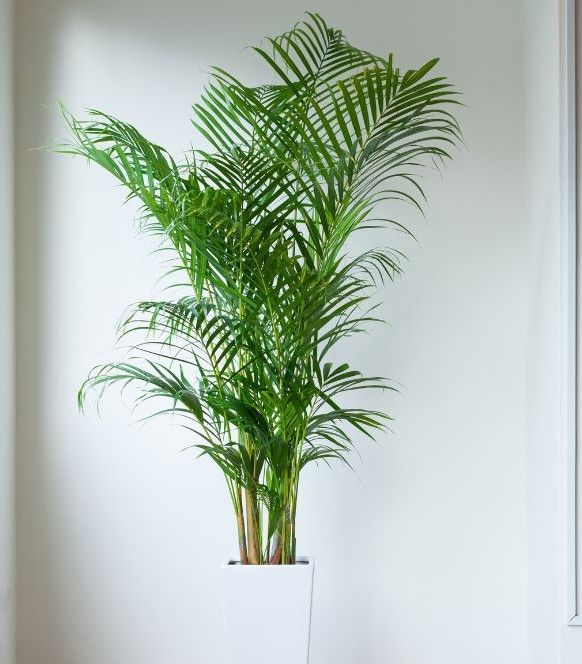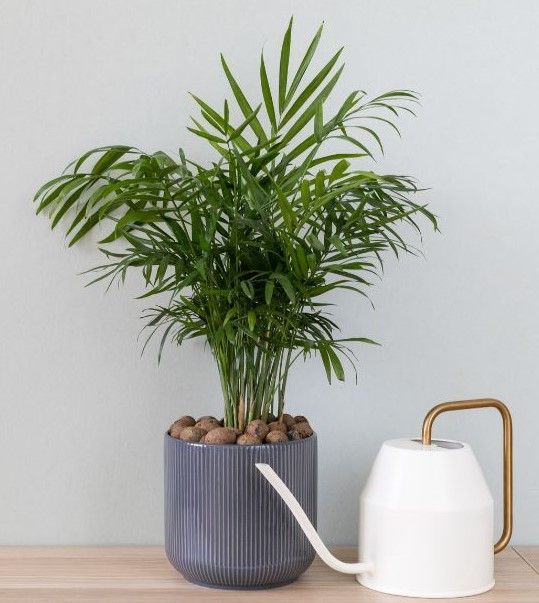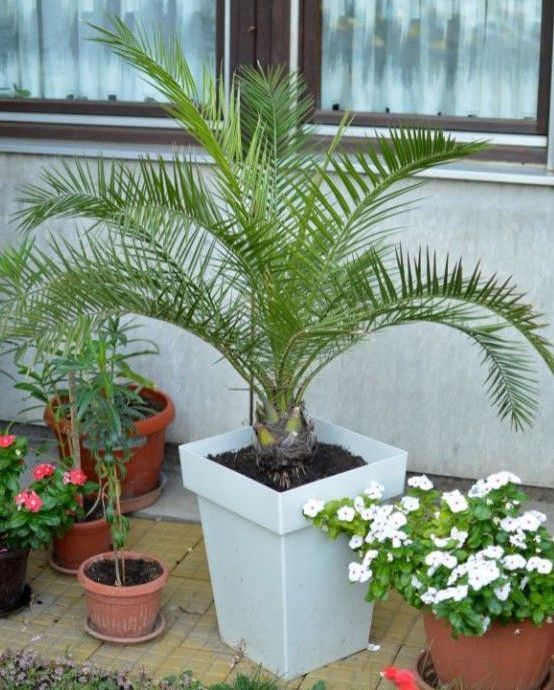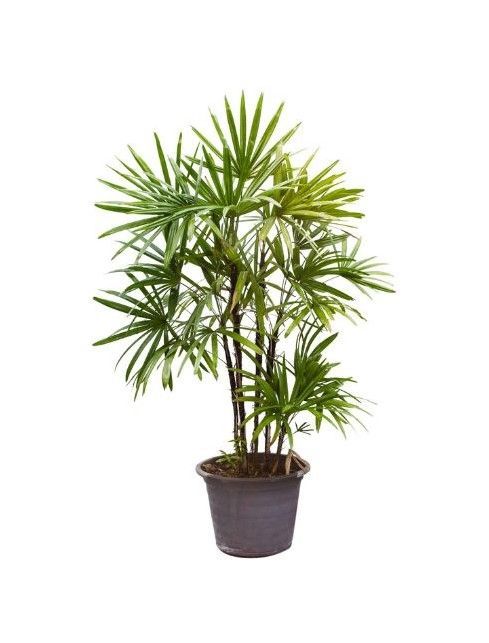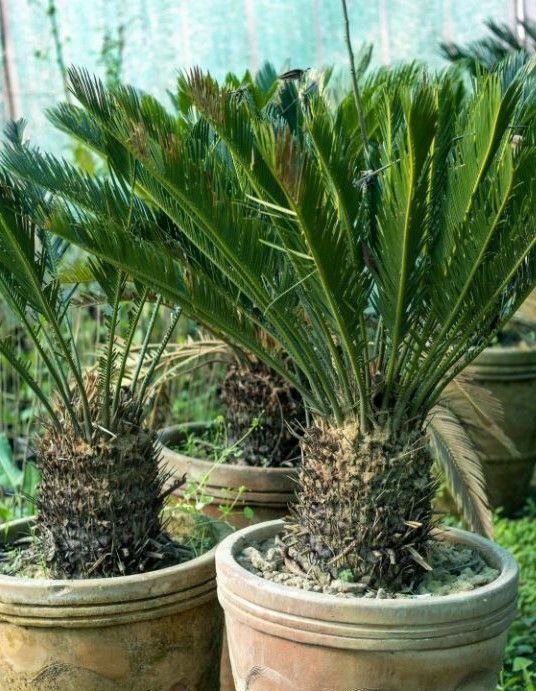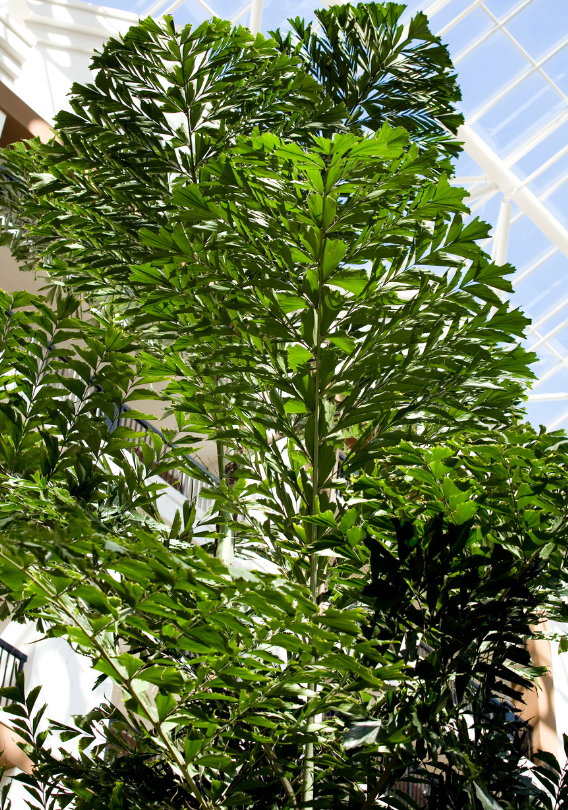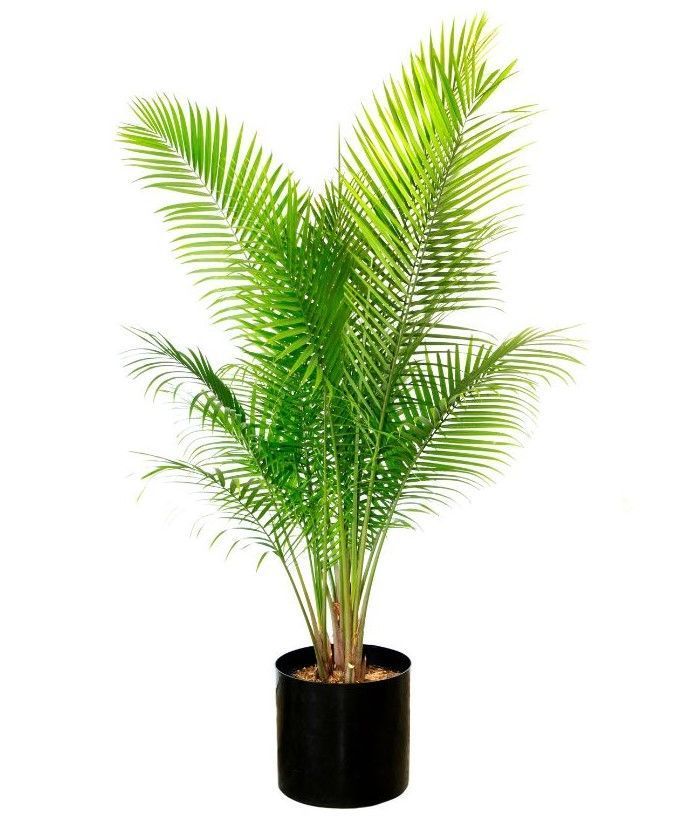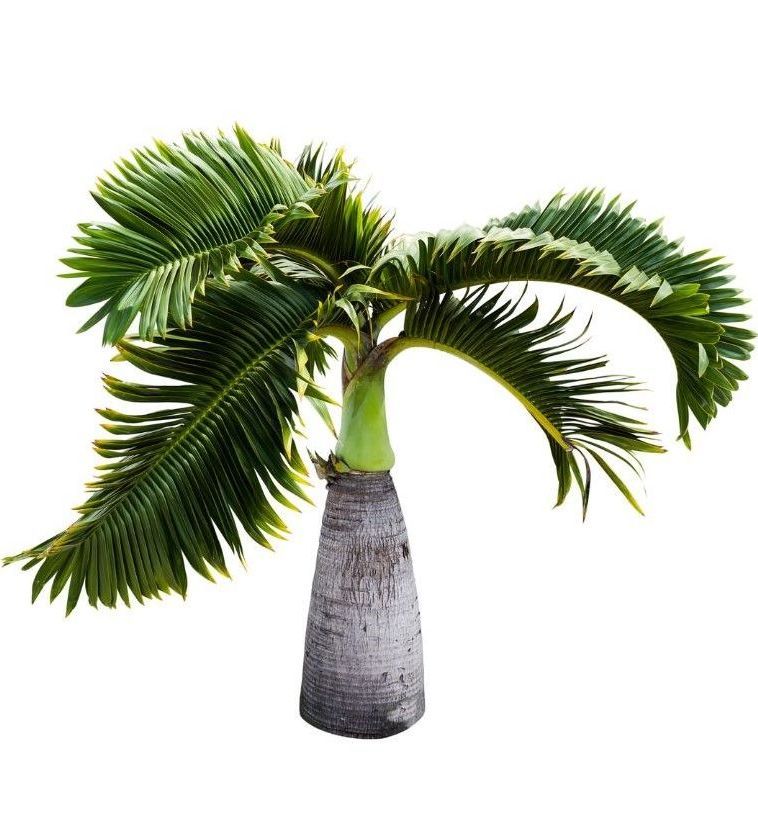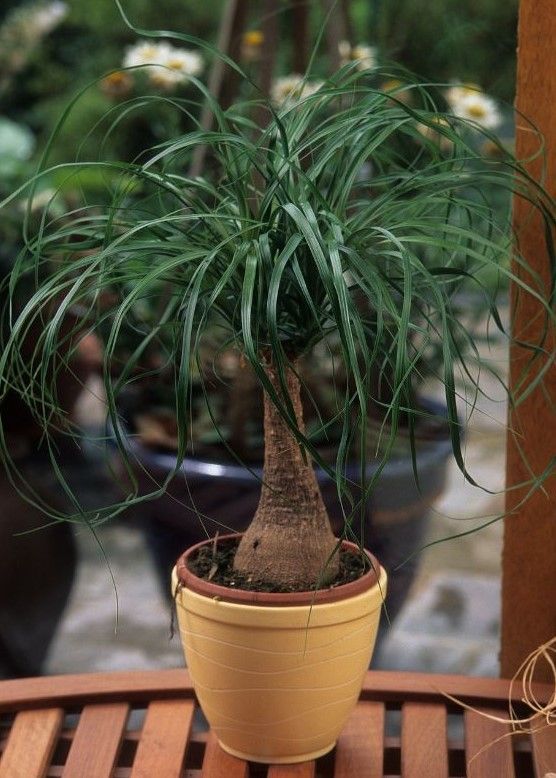- Common names: areca palm, butterfly palm, golden cane palm
- Native to Madagascar
- Thrives in bright, indirect light
- Enjoys moderate to high humidity levels
- Can grow several feet tall indoors with proper care
- Low-maintenance and beginner-friendly
- Air-purifying qualities
- Non-toxic to cats and dogs (pet-safe)
- Best for living rooms, offices, bright corners, and tropical-themed spaces
Indoor Palms: The Best Houseplants For You?
Looking to add a tropical vibe to your living space? Indoor palms are some of the best houseplants for creating a lush, relaxing atmosphere—and they’re easier to care for than you might think. These tropical houseplants not only elevate your home’s style with vibrant green foliage, but also help improve indoor air quality. From the low-maintenance parlor palm to the striking majesty palm, there’s a palm variety to suit every room and plant parent. In this guide, we’ll cover the top indoor palm trees, how to care for them, and tips for choosing the right palm for your space.
1. Areca Palm (Dypsis lutescens)
2. Parlor Palm (Chamaedorea elegans)
3. Kentia Palm (Howea forsteriana)
4. Pygmy Date Palm (Phoenix roebelienii)
5. Lady Palm (Rhapis excelsa)
6. Sago Palm (Cycas revoluta)
7. Fishtail Palm (Caryota mitis)
8. Majesty Palm (Ravenea rivularis)
9. Bottle Palm (Hyophorbe lagenicaulis)
10. Ponytail Palm (Beaucarnea recurvata)
Adding a palm tree to your indoor space isn’t just about aesthetics—it’s about creating a peaceful, tropical feel right at home. With so many indoor varieties to choose from, there's a perfect palm for every style, space, and level of plant-care experience. Whether you're drawn to the feathery fronds of an areca palm or the sculptural look of a bottle palm, these houseplants bring life, texture, and even cleaner air into your home. So, if you’re looking to green up your space with something low-maintenance and brimming with character, a palm tree might just be the perfect houseplant for you.
References:
23 Non-Toxic Houseplants That Help Purify And Beautify Homes - Plant America
10 Areca Palm Benefits & Uses | Houseplant Alley
Parlor Palm Guide: Plant Care and How to Grow | Almanac.com
Kentia Palm, The Elegant, Air-Purifying Palm Perfect for Large Indoor Spaces
Pygmy Date Palm Care 101: Everything You Need to Know
How to Grow and Care for Lady Plant Indoors
Top 10 Questions About Sago Palms | Gardening Know How
How to Grow and Care for Fishtail Palms Indoors | Gardener’s Path
Majesty Palm Indoor Care Guide (Growth Tips, Maintenance, & More) - The Practical Planter

Check out the latest:



